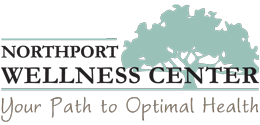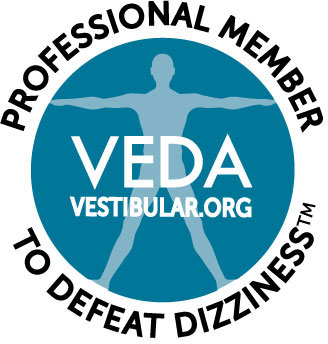We all know that it’s important to have a yearly eye exam, yet not all exams are created equal. The purpose of a basic eye exam is generally to determine your visual acuity in order to be fitted for glasses, contacts or both. The standard equipment used in an eye exam also tests the overall health of your eyes, but does not test for specific conditions such as double vision or binocular vision dysfunction (BVD). The symptoms of double vision and BVD are often indicators of a more complex problem, but many optometrists don’t have the right training to recognize their significance nor the specialized equipment necessary to perform a neurovisual exam.

Common Symptoms of Binocular Vision Dysfunction
If not diagnosed and treated properly, BVD can be extremely uncomfortable and disorienting. When the eyes are misaligned, as is the case with BVD, a whole host of symptoms arise. The most common of these are dizziness, headaches, nausea, motion sickness and sensitivity to light. These symptoms are similar to those experienced with migraines, which is why BVD is often misdiagnosed as a migraine or even a sinus headache. While any of these symptoms on their own are uncomfortable enough, having them all in combination can be debilitating.
When you have BVD, reading can be difficult, if not impossible. Words and lines often blur together or even appear to float off the page. It requires a great amount of focus and concentration for someone with BVD to read, which is exhausting as well as frustrating. Double vision is also a common symptom of BVD and often causes sufferers great fear and anxiety when out in public.
If left untreated, BVD can be perilous to your health and safety. The frequency and severity of symptoms vary so much that it’s impossible to predict when they will next occur. This is exacerbated by the fact that symptoms can be brought on by sudden movements, like getting up too quickly or taking a sharp turn. While in the first instance nothing worse may happen than stumbling into a wall, the onset of these symptoms while driving could have deadly consequences. If you have any of the aforementioned symptoms, it’s crucial that you find a specialist, like those at the Neuro Visual Center of New York, who can administer a neurovisual exam and get you the treatment you need.
How a Neurovisual Exam Works
BVD is caused by slight misalignments in your eyes. A comprehensive binocular vision evaluation will check for these misalignments, which are usually missed in a standard exam. The extensive testing takes about two to three hours, but once completed, you can be fitted for special aligning prism lenses to correct the misalignment. Correcting these misalignments can lead to significant reduction or complete elimination of symptoms.
If you want a comprehensive neurovisual exam performed by experienced professionals, the Neuro Visual Center of New York is the place to go. The testing is extensive and does require multiple office visits in order to get the prescription just right, but the relief you’ll receive will make your sacrifice of time and travel worthwhile. In fact, it could change your life! This holiday season, give yourself the gift of a binocular vision evaluation by giving us call at (516) 224-4888 to schedule your first appointment.





